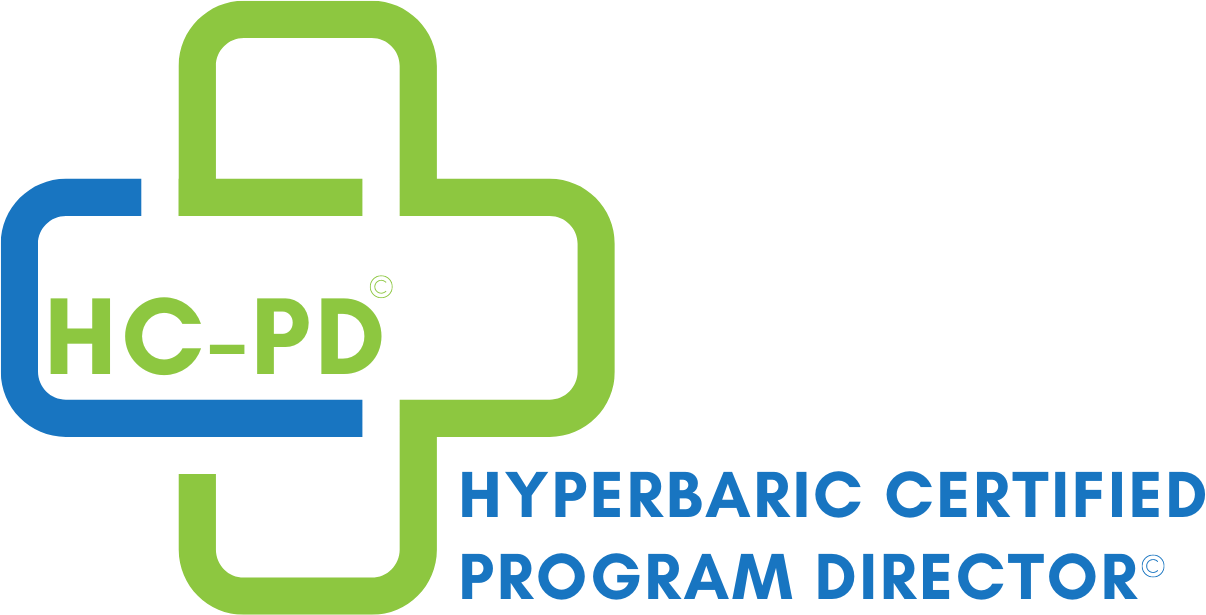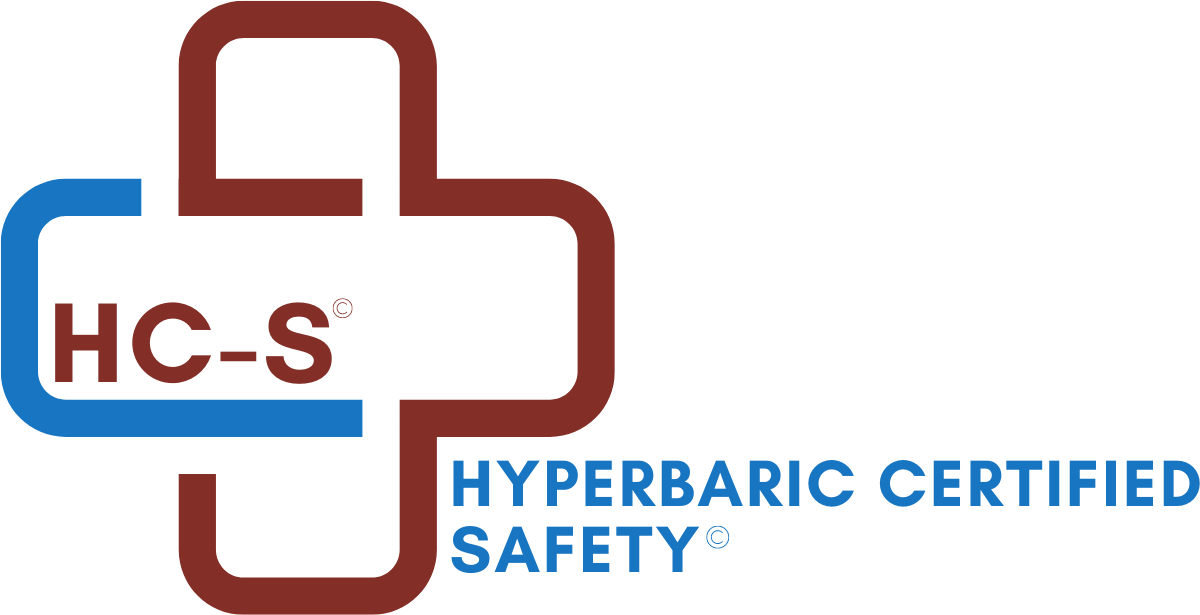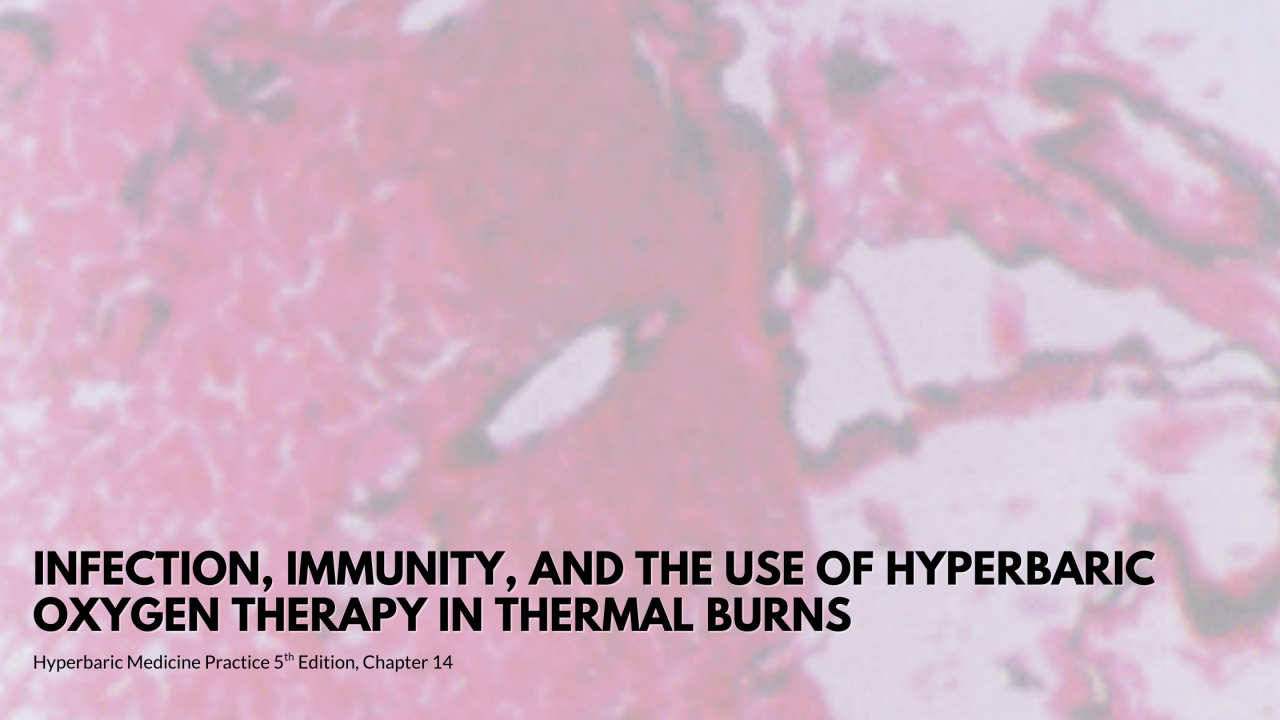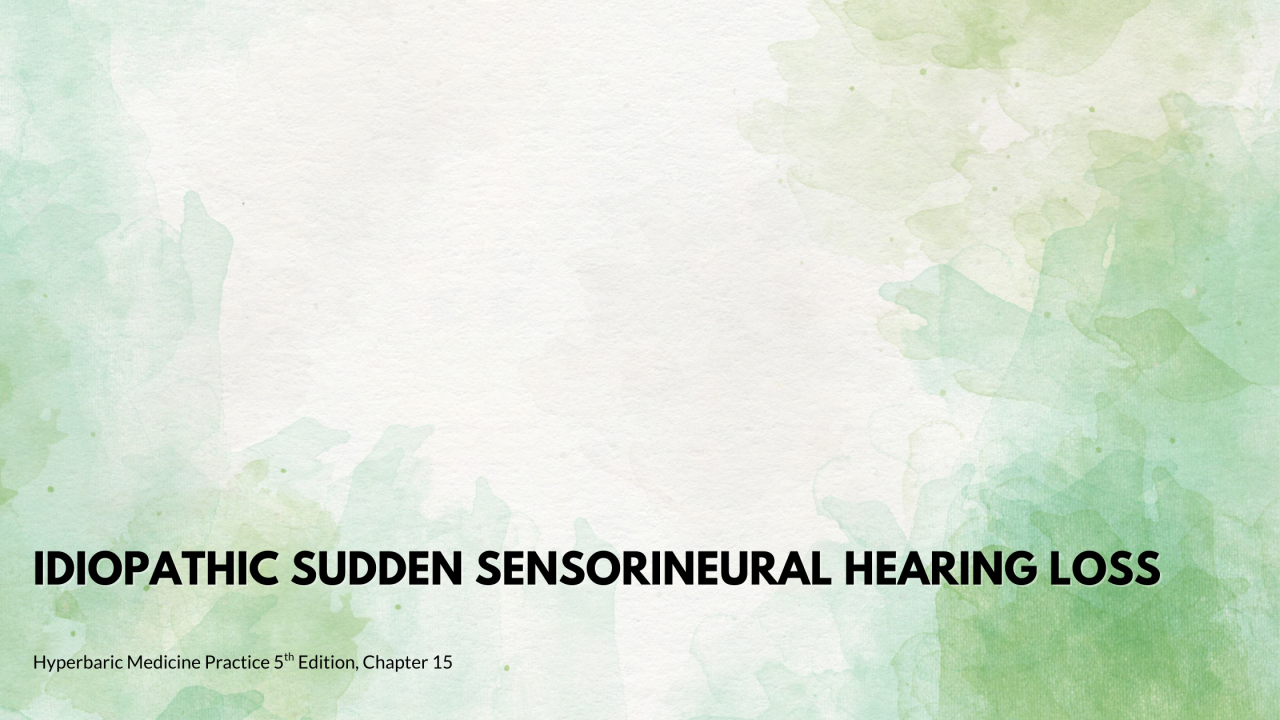The following article is an exerpt from the upcoming 2025 Nursing Textbook soon to be published by
Best Publishing Company. For more information on the release go to BestPub.com
Rx Pad
INTRODUCTION to Wound Care Certification: Wound Care Certification Study Guide, Third Edition, was developed to encourage health care professionals to obtain recognized credentials in wound care, which should result in improved medical practice, competence,and patient outcomes.
Infection, Immunity, and the use of Hyperbaric Oxygen Therapy in Thermal Burns
A significant and consistently positive body of evidence from animal and human studies of thermal injury supports the use of hyperbaric oxygen as a means of preventing dermal ischemia, reducing edema, modulating the zone of stasis, preventing partial- to full-thickness conversion, preserving cellular metabolism, dampening inflammation, preventing infection, and promoting healing. The overwhelming majority of clinical reports have shown reduced mortality, length of hospital stays, number of surgeries, and cost of care. Hyperbaric oxygen has been demonstrated to be safe in the hands of those thoroughly trained in rendering this therapy in the critical care setting and with appropriate monitoring precautions. Careful patient selection is mandatory.
wound care courses
Chronic wounds may have cost the U.S. Medicare system as much as $95 billion dollars in 2014, which rivals the gross domestic product (GDP) of a small European country. Nearly 15% of all Medicare patients are affected, far more than have heart failure, although unlike heart disease, there are no recognized specialty training programs producing wound care experts to manage the growing epidemic of problem wounds. This is in part because a nonhealing wound is not actually a disease so much as it is a symptom. The typical patient with a nonhealing wound has an average of six serious comorbid conditions and takes an average of ten medications. If a wound fails to achieve healing, there is always a reason, and often more than one reason, with several different organ systems involved.
Aerospace Medical Association &
Undersea and Hyperbaric Medical Society:
Are you starting a new hyperbaric and wound care clinic, or overhauling an existing program?
Are you unsure where to start with regard to staff training and credentialing for your new hyperbaric and/or wound care clinic? Maybe you didn't know there's a basic training course available in hyperbaric medicine and wound care that is recommended by the medical society for our subspeciality, the UHMS.
The concepts of quality improvement (QI) and performance improvement (PI) in healthcare are not new and have been around in some form for many years. Implementing best practices and establishing quality and safety standards ensures that a hyperbaric department attains a high level of safe patient care.
Idiopathic sudden sensorineural hearing loss (ISSHL) is a medical emergency that presents with the abrupt onset of an unexpected sudden sensory deficit that is often underappreciated by patients, and at times by clinicians. Approximately 88% of sudden sensorineural hearing loss (SSNHL) has no identifiable etiology and is termed ISSHL. Otolaryngologists have intensely investigated ISSHL since the 1970s. Over the past 30 years, more than 800 articles, or 1 every 2 weeks, have been published in the English medical literature.(89) Idiopathic sudden sensorineural hearing loss is the abrupt onset of hearing loss, typically present upon wakening, usually unilateral, and involving a hearing loss of at least 30 decibels (dB) occurring within 3 days over at least 3 contiguous frequencies. As most patients do not present with premorbid audiograms, the degree of hearing loss is usually defined by the presentation thresholds of the unaffected ear. Other associated symptoms include tinnitus, aural fullness, dizziness, and vertigo.
General Mechanisms of Action of Oxygen in Infections:
With disease, oxygen delivery is compromised. The inflammatory response following infection is characterized by capillary leak and vasogenic edema that increases the diffusion distance between the vascular supply of dissolved and bound oxygen and adjacent tissues. Tissue edema also leads to variable degrees of tamponade and venous thrombosis, further compromising perfusion and oxygen delivery. Infection leads to microcirculatory shunting (reducing oxygen extraction) and mitochondrial uncoupling.











